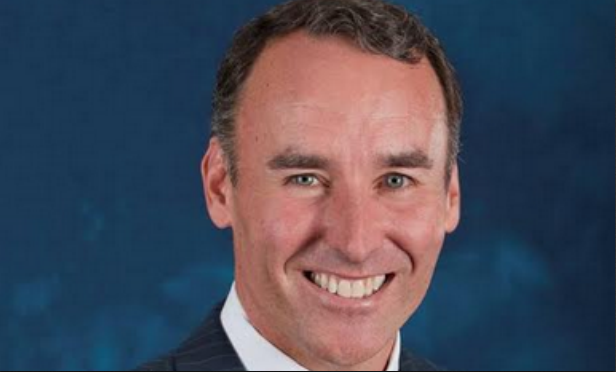 JLL Craig Killman GlobeSt.com: What is driving the changes in the retail shopping experience that are outlined in the report? Craig Killman: GlobeSt.com: How are San Diego retailers adopting these characteristics and adapting to the changing retail environment? Killman: GlobeSt.com: Do you think that every retailer will need to—at some point—incorporate these characteristics into the shopping experience to stay relevant, or does it depend on the shoppers they serve and their location? Killman: GlobeSt.com: How is this taking effect for smaller retailers and boutique retailers? Killman:
JLL Craig Killman GlobeSt.com: What is driving the changes in the retail shopping experience that are outlined in the report? Craig Killman: GlobeSt.com: How are San Diego retailers adopting these characteristics and adapting to the changing retail environment? Killman: GlobeSt.com: Do you think that every retailer will need to—at some point—incorporate these characteristics into the shopping experience to stay relevant, or does it depend on the shoppers they serve and their location? Killman: GlobeSt.com: How is this taking effect for smaller retailers and boutique retailers? Killman:© Touchpoint Markets, All Rights Reserved. Request academic re-use from www.copyright.com. All other uses, submit a request to [email protected]. For more inforrmation visit Asset & Logo Licensing.






